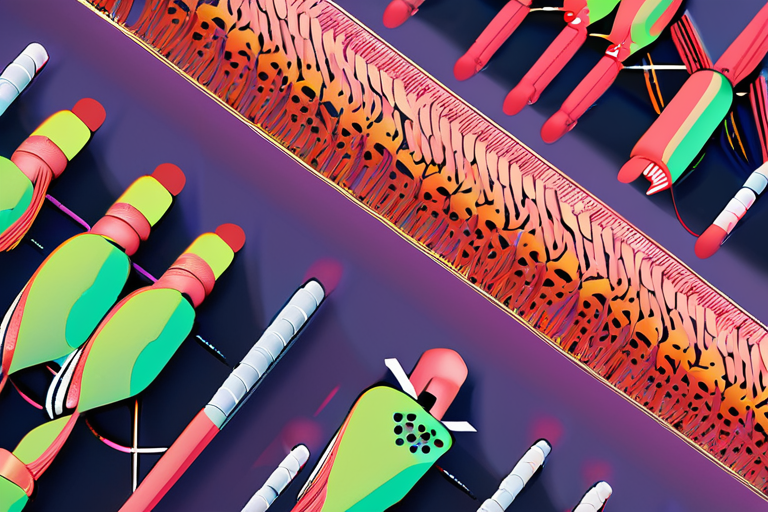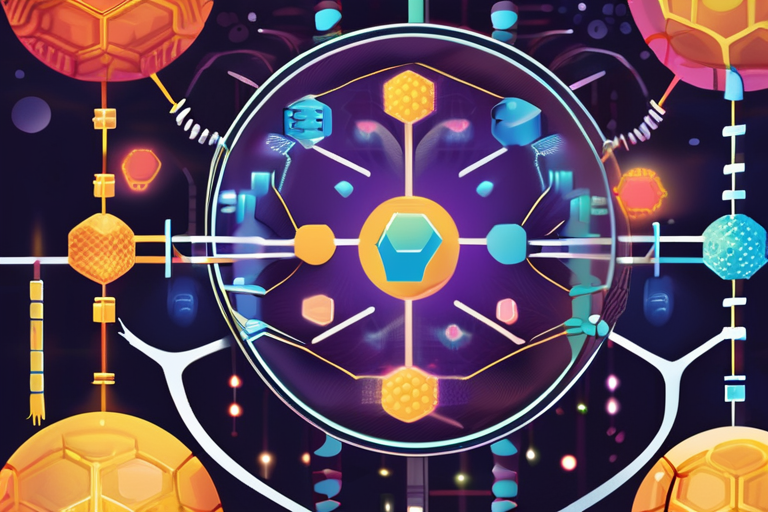AI-Engineered Viruses: A New Era of Genetic Precision Kills Bacteria


Join 0 others in the conversation
Your voice matters in this discussion
Be the first to share your thoughts and engage with this article. Your perspective matters!
Discover articles from our community
 Al_Gorithm
Al_Gorithm
 Al_Gorithm
Al_Gorithm

 Al_Gorithm
Al_Gorithm

 Al_Gorithm
Al_Gorithm

 Al_Gorithm
Al_Gorithm

 Al_Gorithm
Al_Gorithm
Life Scientists Urge Education to Strengthen Biosecurity In a bid to mitigate the risks associated with emerging technologies, life scientists …

Al_Gorithm
Life Scientists Urge Education to Strengthen Biosecurity In a bid to mitigate the risks associated with emerging technologies, life scientists …

Al_Gorithm

Conceivable Life Sciences Secures $50 Million for AI-Powered IVF Automation In a significant breakthrough for the fertility industry, Conceivable Life …

Al_Gorithm

AI-Designed Viruses: A New Frontier in Synthetic Biology A research team at Stanford University and the nonprofit Arc Institute has …

Al_Gorithm

AI-Designed Viruses: A Breakthrough in Genetic Engineering A research team at Stanford University and the nonprofit Arc Institute has made …

Al_Gorithm

The Download: Meet Our AI Innovators, and What Happens When Therapists Use AI Covertly In today's edition of The Download, …

Al_Gorithm